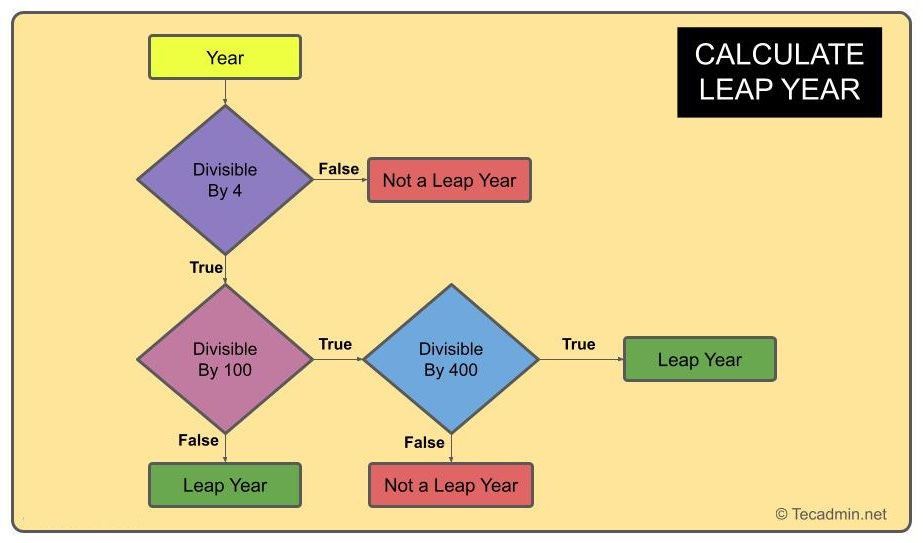A leap year is a concept that might seem simple on the surface but is deeply rooted in astronomical observations and the nuances of our calendar system. It is essentially a year that contains an extra day, February 29, added to keep the calendar year synchronized with the astronomical year or the seasonal year.
The Reason Behind Leap Years
The Earth takes approximately 365.2425 days to complete one orbit around the Sun. However, the Gregorian calendar, which is the most widely used calendar system today, has only 365 days in a common year. If we did not adjust for this discrepancy, our calendar would gradually drift away from the astronomical seasons. To correct this drift, an extra day is added every four years, making the leap year 366 days long.
The Rules of Leap Years
The criteria for determining a leap year are more complex than simply adding a day every four years. According to the rules set by the Gregorian calendar:
- A year that is divisible by 4 is a leap year, but
- if that year can be evenly divided by 100, it is NOT a leap year, unless…
- The year is also evenly divisible by 400. Then it is a leap year.
This means that years like 2000 and 2400 are leap years because they are divisible by 400, but years like 1800, 1900, and 2100 are not, despite being divisible by 100.

Why We Need Leap Years
The addition of a leap day every four years compensates for the fact that the Earth does not orbit the sun in precisely 365 days. Without this adjustment, our calendar would lose about 24 days over the course of a millennium, significantly impacting the alignment of the calendar with the seasons. This realignment is crucial for agricultural planning and for maintaining the cultural and religious practices that are tied to specific seasons.
Interesting Facts About Leap Years
- Leap Day, February 29, is a day that only occurs in a leap year. It has been the subject of folklore and traditions. For instance, there’s an old tradition that women may propose marriage to men on Leap Day.
- People born on February 29 are often called “leaplings” or “leapers”. They usually celebrate their birthdays on February 28 or March 1 in common years.
- The concept of a leap year predates the Gregorian calendar. The Julian calendar, introduced by Julius Caesar in 45 BCE, was the first to implement a leap year system, albeit with less precision than the Gregorian system.
Conclusion
Leap years are a fascinating intersection of astronomy, mathematics, and culture. They are a testament to humanity’s ongoing effort to organize time and align our activities with the natural world. By adding a single day every few years, we ensure that our calendars remain in step with the Earth’s journey around the Sun, preserving the integrity of our timekeeping traditions for future generations.